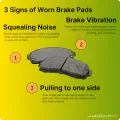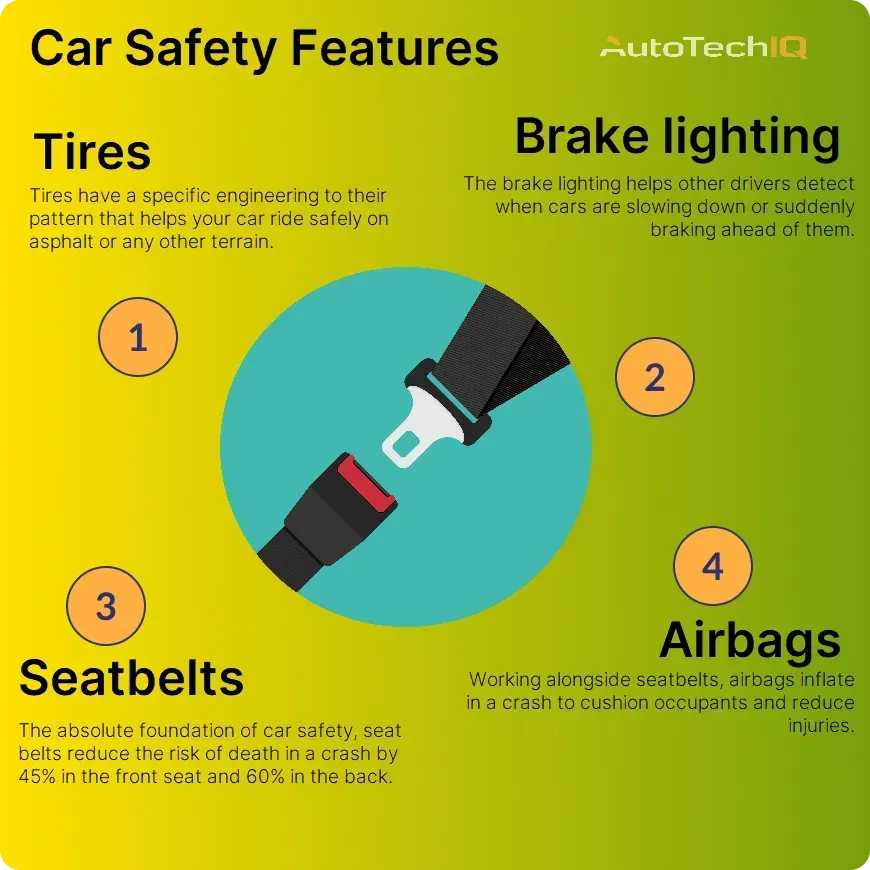
The most important car safety features can be seen as a combination of essential basics and more advanced systems and driver-assistance systems. Here's a breakdown:
Essential Basics:
- Tires: Tires have a specific engineering to their pattern that helps your car ride safely on asphalt or any other terrain.
- Brake lighting: The brake lighting helps other drivers detect when cars are slowing down or suddenly braking ahead of them. A brake warning light also appears on the dashboard to indicate any brake-related issues.
- Seatbelts: The absolute foundation of car safety, seat belts reduce the risk of death in a crash by 45% in the front seat and 60% in the back. Always buckle up, every time.
- Airbags: Working alongside seatbelts, airbags inflate in a crash to cushion occupants and reduce injuries. Modern cars have multiple airbags for frontal, side, and head protection.
- Anti-lock Braking System (ABS): Prevents wheels from locking during hard braking, allowing you to maintain steering control and avoid skids. An issue in this system triggers the ABS warning light.
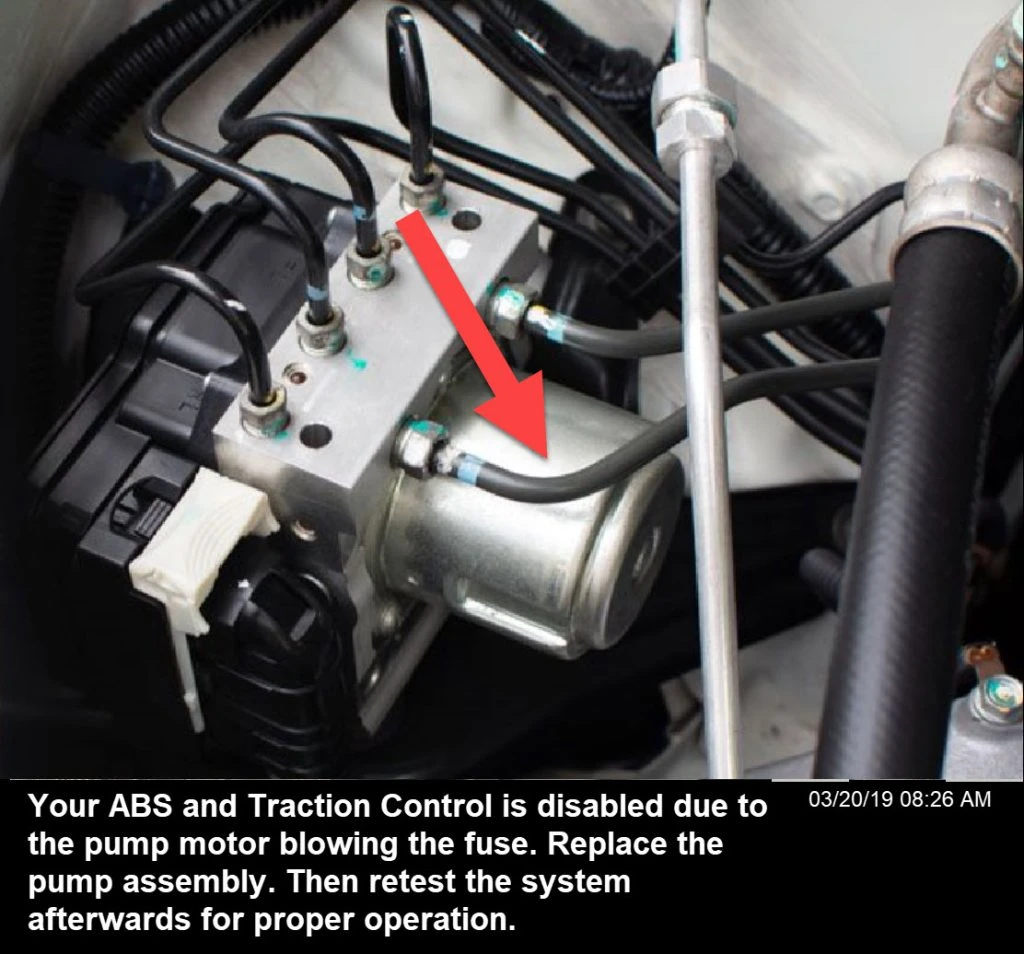
- Electronic Stability Control (ESC): Helps correct skids and loss of control by automatically applying brakes to individual wheels. It usually shows an ESC light when active. ESC has been shown to significantly reduce crash risk.
- Backup Camera: Improves rear visibility when reversing, reducing the risk of backing into objects or people. Most cars now have these mandated by law.
Advanced Driver-Assistance Systems (ADAS):
- Automatic Emergency Braking (AEB): Uses sensors to detect imminent collisions and automatically applies brakes to avoid or mitigate them.
- Blind Spot Monitoring: Warns you of vehicles in your blind spot when changing lanes, helping to prevent side-impact collisions.
- Lane Departure Warning (LDW): Alerts you if you unintentionally drift out of your lane, promoting awareness and preventing lane departure accidents.
- Adaptive Cruise Control (ACC): Maintains a safe distance from the car ahead, reducing the risk of rear-end collisions.
- Forward Collision Warning (FCW): Alerts you to potential crashes ahead, giving you time to react and brake.
Additionally:
- Tire Pressure Monitoring System (TPMS): Warns you of underinflated tires, which can affect handling and increase crash risk. A faulty tire pressure sensor can be dangerous.
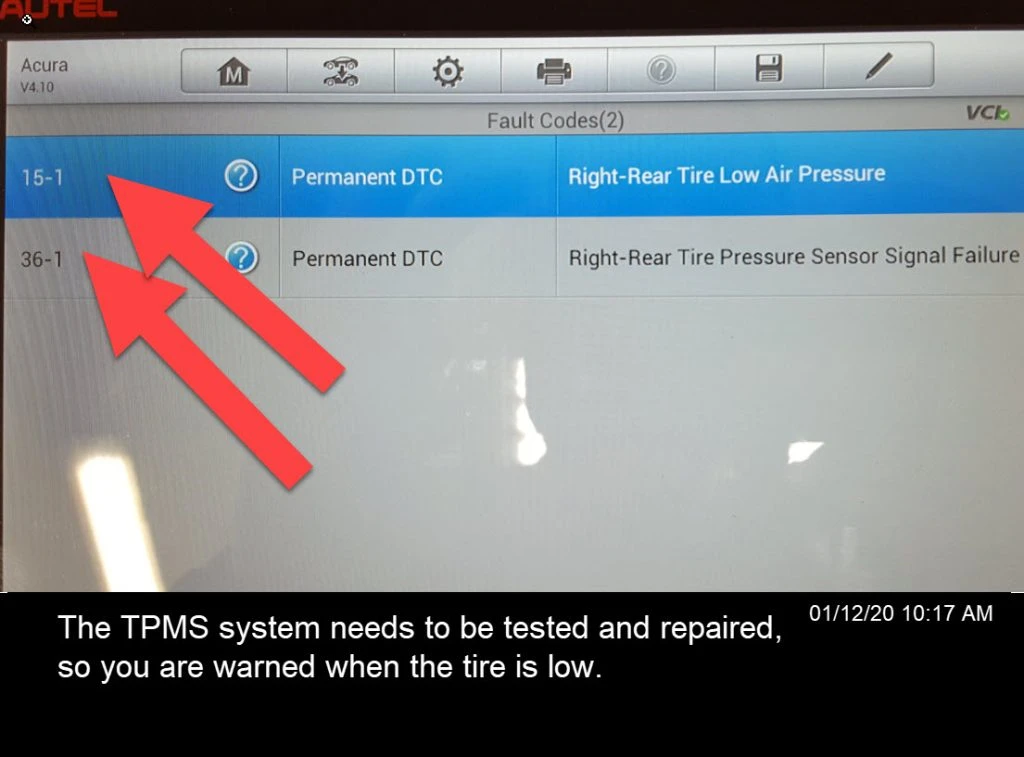
- Traction Control: Helps prevent wheel spin on slippery surfaces, improving grip and stability.
- LATCH or ISOFIX: Standardized system for safely installing child safety seats.
While ADAS features can be incredibly helpful, remember they are not foolproof and shouldn't replace your own cautious driving.
Choosing the right car safety technology and features:
The "most important" features for you depend on your individual needs and budget. Consider factors like:
- Your driving habits: Do you mainly drive in busy cities or on open highways?
- Your family needs: Do you have young children who require specific safety features?
- Your budget: How much are you willing to spend on additional safety features?
Researching different car models and makes and comparing their safety features will help you make an informed decision. For example, you can find different safety features in a Honda that other makes don't have. You can also check safety ratings from organizations like the National Highway Traffic Safety Administration (NHTSA) and the Insurance Institute for Highway Safety (IIHS).
Ultimately, the best safety feature is a combination of a well-equipped car and responsible driving habits. Remember to buckle up, stay alert, and drive defensively to maximize your safety on the road.
What is the best protection in a car crash?
Unfortunately, there's no single "best" protection in a car crash, as the effectiveness depends on the specific circumstances of the accident. However, there are several layers of advanced systems of defense you can utilize to maximize your chances of staying safe:
Active Protection
- Advanced Driver-Assistance Systems (ADAS): These systems can play a role in preventing or mitigating crashes by detecting hazards and intervening, like automatic emergency braking or lane departure and ESC light warning.
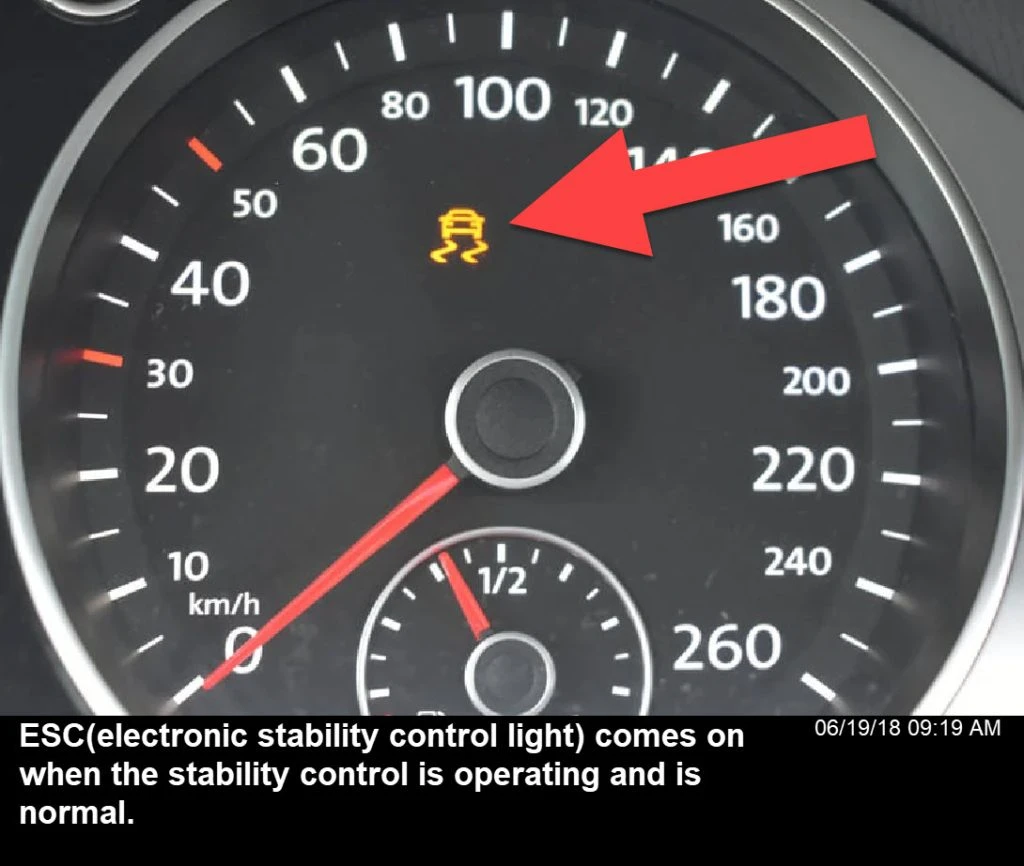
- Tire Maintenance: Properly inflated and maintained tires improve handling and control, especially in critical situations. Old and worn tires often produce a humming sound.
Additional Tips
- Adjust Headrests: Ensure your headrest aligns with the top of your head for optimal whiplash protection during rear-end collisions.
- Secure Cargo: Loose objects in the car can become projectiles in a crash, so properly secure them using cargo straps or nets.
- Stay Informed: Keep your car up-to-date with recommended safety recalls and repairs.
Is lane keep assist worth it?
Whether or not Lane Keep Assist is worth it for you depends on several factors, and there's no one-size-fits-all answer. Here's a breakdown of the pros and cons of lane keeping assist to help you decide:
Pros:
- Increased Safety: Studies show lane keep assist can help prevent lane departure accidents, which are a significant cause of crashes. This is especially relevant if you frequently drive long distances or on monotonous highways where fatigue can be an issue.
- Reduced Driver Stress: The system can help keep you centered in your lane, reducing the need for constant micro-adjustments and potentially making long drives more relaxing.
- Improved Awareness: Some systems provide lane departure warnings even when not actively steering, potentially alerting you to unintended lane drifts before they become critical.
Cons:
- False Triggers: Lane markings can be faded or unclear, causing the system to activate unnecessarily and potentially startling the driver.
- Over-reliance: It's crucial to remember that lane keep assist is not a substitute for attentive driving. Over-reliance can create a false sense of security and lead to complacency.
- Limited Functionality: The system might not function effectively on narrow roads, sharp curves, or during heavy traffic, requiring manual control.
- Cost: Lane keep assist often comes bundled with other driver-assistance features, increasing the overall cost of the car.
Additional factors to consider:
- Your driving habits: If you primarily drive in busy city environments with frequent lane changes, you might find lane keep assist more intrusive than helpful.
- Your comfort level with technology: Some people dislike the feeling of the car taking over steering, even if it's to a limited extent.
- Availability: Not all cars offer lane keep assist, and it might be part of a more expensive package.
Ultimately, the decision of whether or not Lane Keep Assist is worth it for you is personal. Still, lane assist is ideally a good feature to have in a car as it's an extra safety tool. Additionally, most modern vehicles developed great Lane Keep Assist technologies, which can be turned on or off anytime. So, realistically speaking, having this extra safety feature is a great idea, but still depends on whether your driving experience adapts to it.
Are vehicle safety features actually reducing car accidents?
Yes, evidence suggests that vehicle safety features are indeed contributing to a reduction in car accidents and their severity. Here's a breakdown of the research:
Studies and statistics
IIHS Study
A 2022 study by the Insurance Institute for Highway Safety (IIHS) found that crash avoidance technologies reduced car accidents by 21% and motor vehicle injuries by 11%. This amounted to preventing an estimated 50,000 crashes and 16,000 injuries just in 2015.
NHTSA Research
The National Highway Traffic Safety Administration (NHTSA) has conducted various studies, showing that specific features like electronic stability control system (ESC) reduced single-vehicle crashes by 34% and forward collision warning (FCW) reduced rear-end crashes by 50%.
Insurance Data
Insurance companies also report reductions in accident claims associated with vehicles equipped with advanced safety features, leading to lower insurance premiums for such vehicles.
How they work
Safety features work in various ways to prevent or mitigate accidents:
- Actively intervene: Features like automatic emergency braking apply brakes to avoid collisions.
- Provide warnings: Systems like blind spot monitoring or lane departure warning alert drivers to potential hazards.
- Improve vehicle control: Technologies like ESC and ABS help maintain stability during maneuvers or slippery conditions.
- Passive protection: Airbags and seatbelts further minimize injuries after a crash.
Limitations and considerations
While these safety tech features are valuable, it's important to remember:
- They are not foolproof: Driver behavior and environmental factors still play a crucial role in accidents.
- Over-reliance can be dangerous: Overdependence on features can lead to complacency and distracted driving.
- Accessibility and equity: Not all vehicles have advanced features, raising concerns about equitable access to safety technologies.
Overall, vehicle safety features are making a significant positive impact on road safety by reducing accidents and injuries.
Are new cars actually safer?
New cars are generally much safer than older ones. You might notice modern safety features on budget models by Hyundai, Honda, Chevrolet, and more. This is due to a combination of factors:
Improved vehicle design
- Stronger materials: Modern cars are built with high-strength steel and other materials that absorb crash energy more effectively, protecting occupants better in collisions.
- Crumple zones: These strategically designed areas are created to deform and absorb impact, diverting energy away from the passenger compartment. Newer cars often have more sophisticated crumple zones for increased protection.
- Improved rollover protection: Features like reinforced roof structures and side airbags help reduce the risk of serious injuries in rollover accidents.
Safety regulations
- Governments around the world have implemented stricter safety standards for new car designs and features. This has led to manufacturers incorporating more safety technologies into their vehicles.
- Independent safety testing organizations like the National Highway Traffic Safety Administration (NHTSA) and the Insurance Institute for Highway Safety (IIHS) provide crash ratings and safety assessments for new cars, helping consumers make informed choices.
Data and evidence
- Data from NHTSA and IIHS shows that fatality rates for drivers and passengers have been steadily declining over the past few decades, coinciding with the introduction of stricter safety regulations and the adoption of new technologies.
- Studies have shown that cars equipped with ADAS features are involved in fewer crashes and have lower injury rates compared to older cars without these features.
- Modern cars also have the most that engineering technology could get after decades of improvements. Features like ABS, TCS, and blind-spot monitoring, among many others, are extra things that definitely stacked up a few accident saves throughout automobile history. So, if your car has any issues with these systems, consider checking it pronto.

However, it's important to remember
Not all new cars are created equal
Some models offer more advanced safety features than others. It's crucial for car buyers to research and compare safety ratings before making a purchase.
New car safety does not eliminate driver responsibility
Even the safest car cannot prevent accidents if the driver is not paying attention or engaging in risky behavior. In addition, car maintenance also falls into driver responsibility. The car owner should keep their vehicle up to good maintenance standards to avoid accidents.
Older cars can still be safe
While newer cars generally offer more important safety features, properly maintained older cars with essential safety features like seatbelts and airbags can still provide adequate protection.
Other news
-
Car is Squealing When Driving

-
What is Preventative Maintenance and What Are The Benefits of it?

-
JobViewIQ - DVI Process Training - Part of the Auto Care Alliance Benefits

-
7 Signs of Clogged AC Components
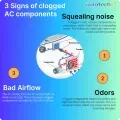
-
How Much Does a Transmission Fluid Change Cost?
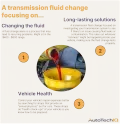
-
7 Signs of a Leaking Axle Seal
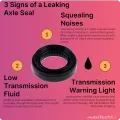
-
8 Signs of a Bad Brake Pad
